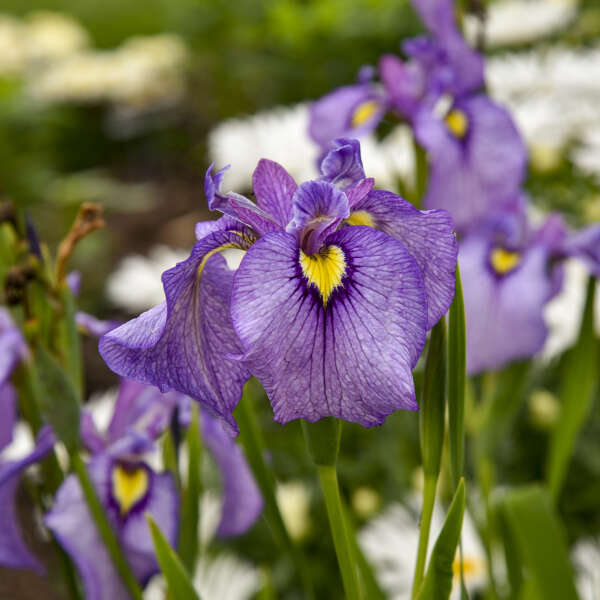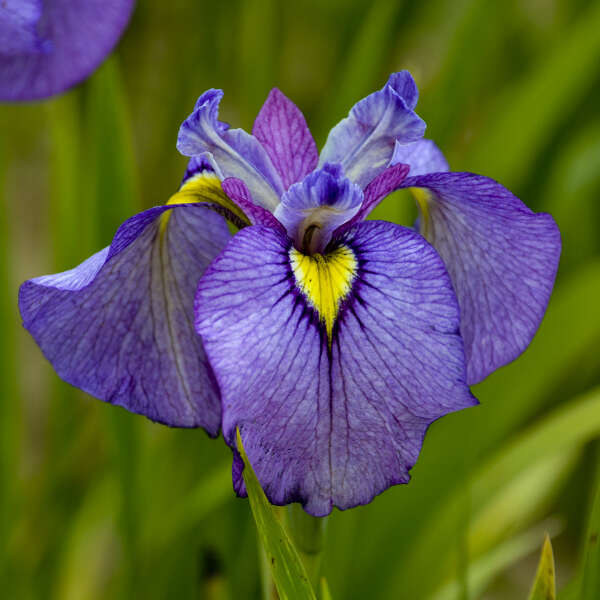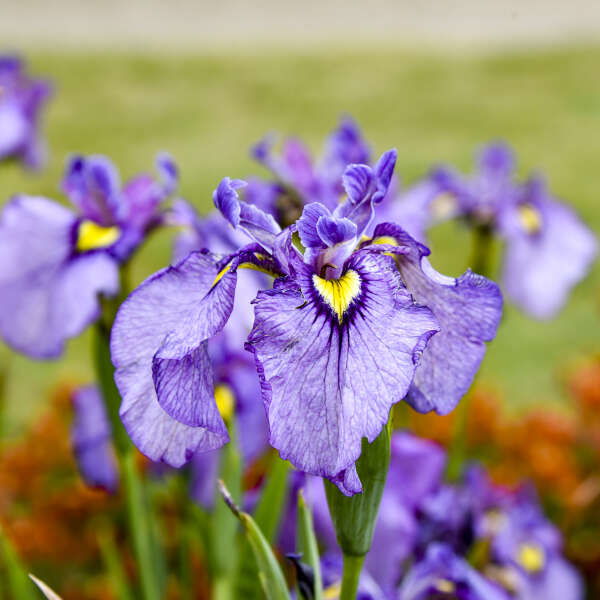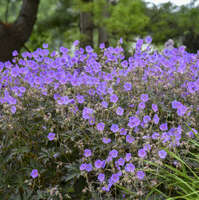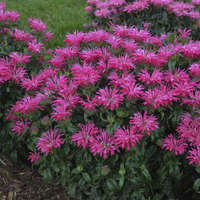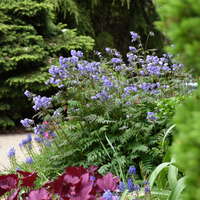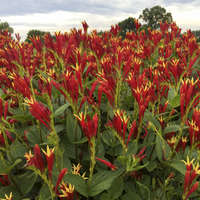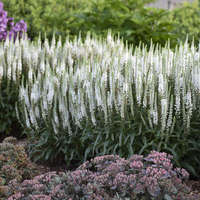Growing Temperature:
45-55° F
Soil PH:
6.0-7.0
EC (What is EC?):
1.0-1.5 pour through method
Fertility:
Growers can apply water-soluble fertilizers using 100 ppm of nitrogen as needed or constant liquid fertilization at 50-75 ppm nitrogen with every irrigation. Controlled-release fertilizers can also be used to deliver nutrients by incorporating 0.75-1.0 pounds of elemental nitrogen per cubic yard of growing mix prior to potting.
Pests & Diseases:
Crown and root rot (Sclerotium), leaf spot (Heterosporium,Didymellina), basil rot (Fusarium), rhizome rot (Rhizoctonia), rust (Puccinia), rhizome bacterial soft rot (Erwinia), foliar nematode (Aphelenchoides)
Potting & Timing:
Root Trimming: Rhizomes are available bare root in late summer and in 3" plug form in spring. Generally, they do not need to be trimmed.
The top 25-50% of the rhizome needs to be exposed above the soil line. This is true for the home gardener as well as the grower. Rhizomes potted up in the fall have a better chance of blooming the next season than spring planted plugs.
For bare root rhizomes: Soak in a 10% bleach solution for 15-20 minutes upon arrival. Allow rhizomes to dry in a sunny area for two to three days before planting. Overwintering losses are often attributed to overwatering; water sparingly.
Moisture:
For potting soil use well-drained commercial planting media.
Avoid excessive moisture levels during the fall and winter.
Planting Level:
The top 25-50% of the rhizome should be above the soil line.
PGRs/Pinching:
If height control is necessary, drench applications of paclobutrazol (Bonzi, Paczol or Piccolo) at 6-10 ppm will provide satisfactory results.
Lighting:
Provide high light levels.
